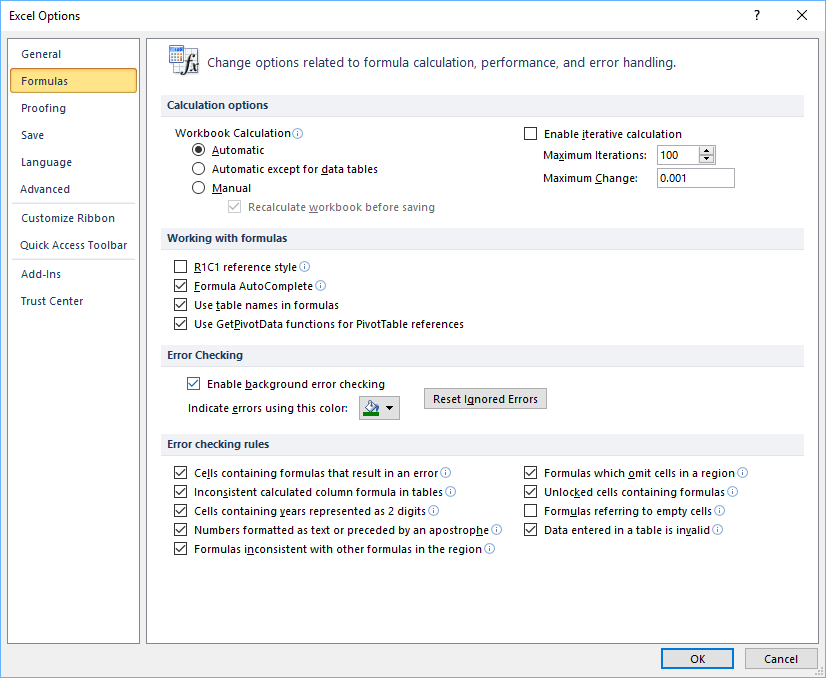
Instead, it treats it as plain text and therefore does not change it.Ī common use of mixing absolute and relative range specifications is to create a running total of a column of number. This works because Excel does not interpret the string "A1" as an address. For example =INDIRECT("A1") will always refer to cell A1, regardless of any changes made to the worksheet. To have a truly absolute cell reference that will not change under any circumstances, use the INDIRECT function. If you select all or part of a formula in the formula, you can press F4 to cycle range reference between the 4 styles (1 relative and 3 absolute).Įven with an absolute referencing style, Excel will still change row and column references when you insert a row or column. It will not change during a fill or copy, but the column will change. It will not change during a fill or copy, but the row will change.Ī$1 Only the row reference is fixed. Neither will be incremented or changed during a copy or fill operation.

$A$1 Both the column and row reference are fixed. However, if you enter =$A$1 in a cell and fill down, the range reference will remain $A$1 - it will not increment as you fill or copy down a column. Thus, the formula in row 50 would be =A50.

If you enter =A1 in a cell and then fill that cell down a column, the '1' in the reference will increment in each row. For example A1 is a relative range, while $A$1 is an absolute range.

The $ character indicates to Excel that it should not increment the column and/or row reference as you fill a range with a formula or as you copy a range. Relative ranges do not use the $ character. Absolute ranges have a $ character before the column portion of the reference and/or the row portion of the reference. Relative And Absolute References In FormulasĮxcel accepts cell references in what are called absolute and relative ranges.


 0 kommentar(er)
0 kommentar(er)
